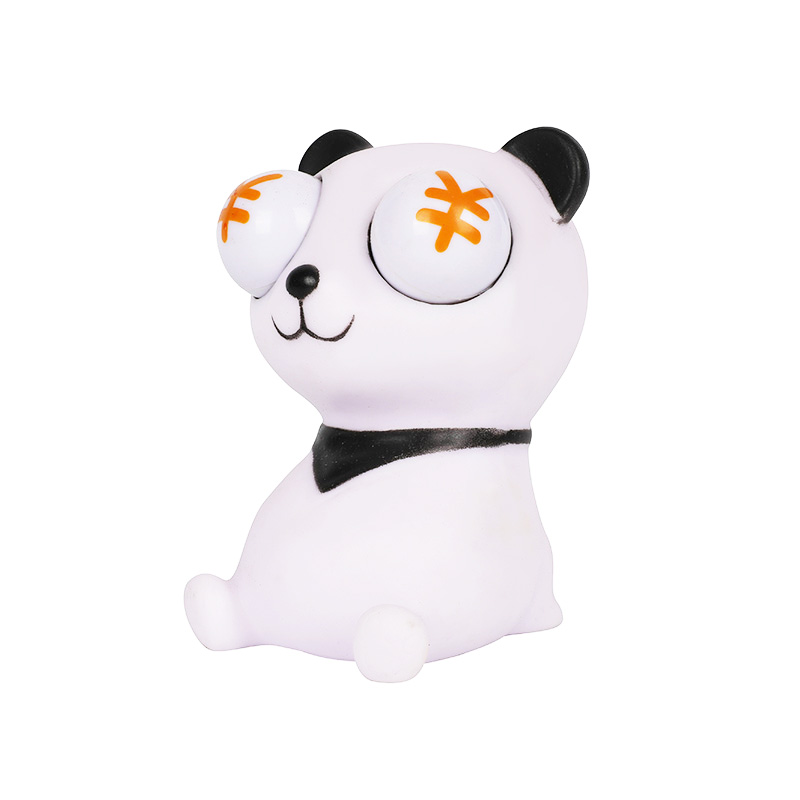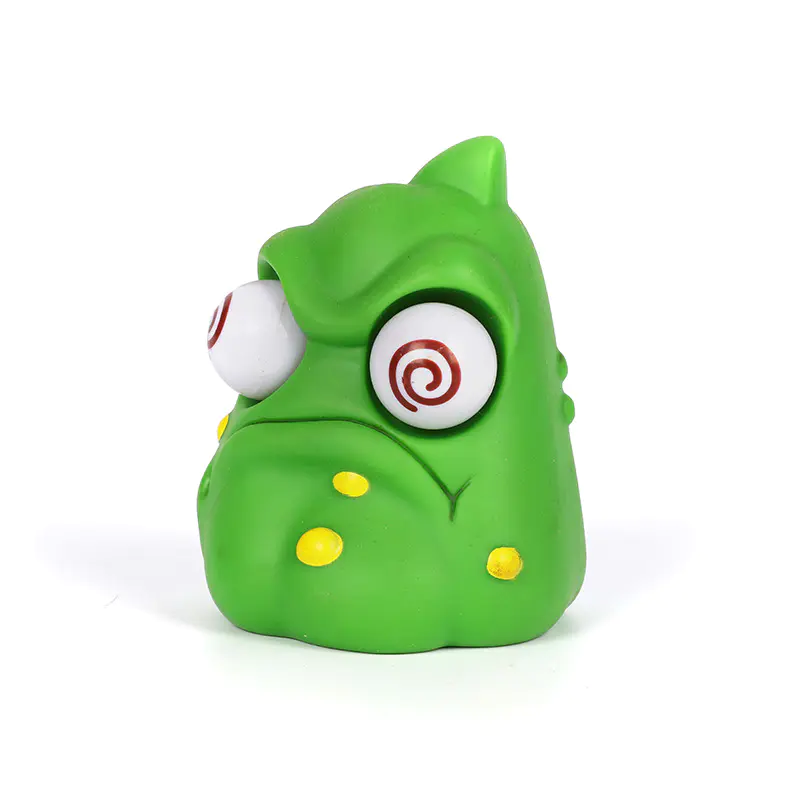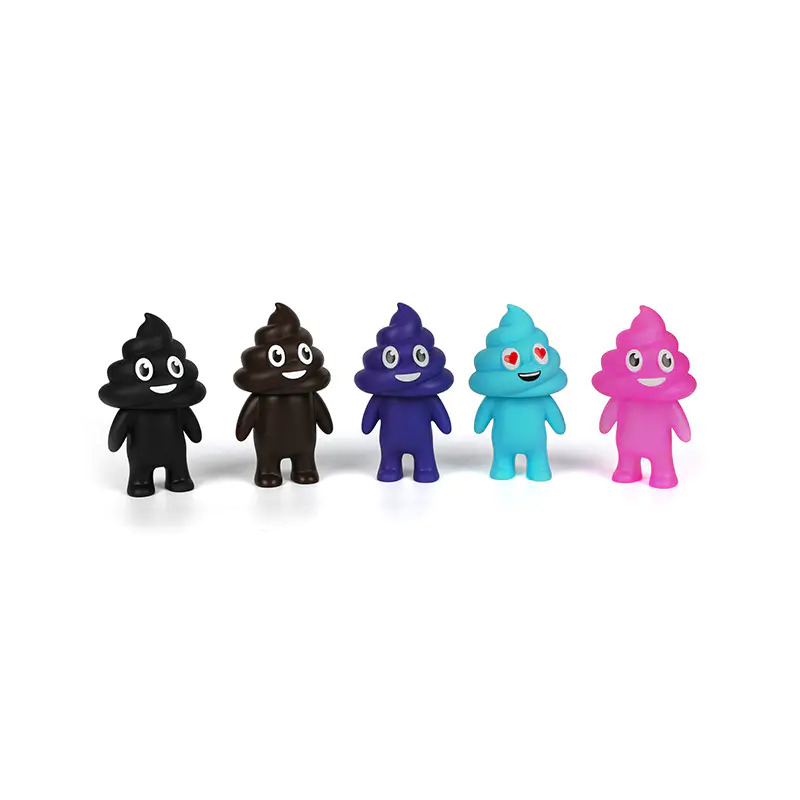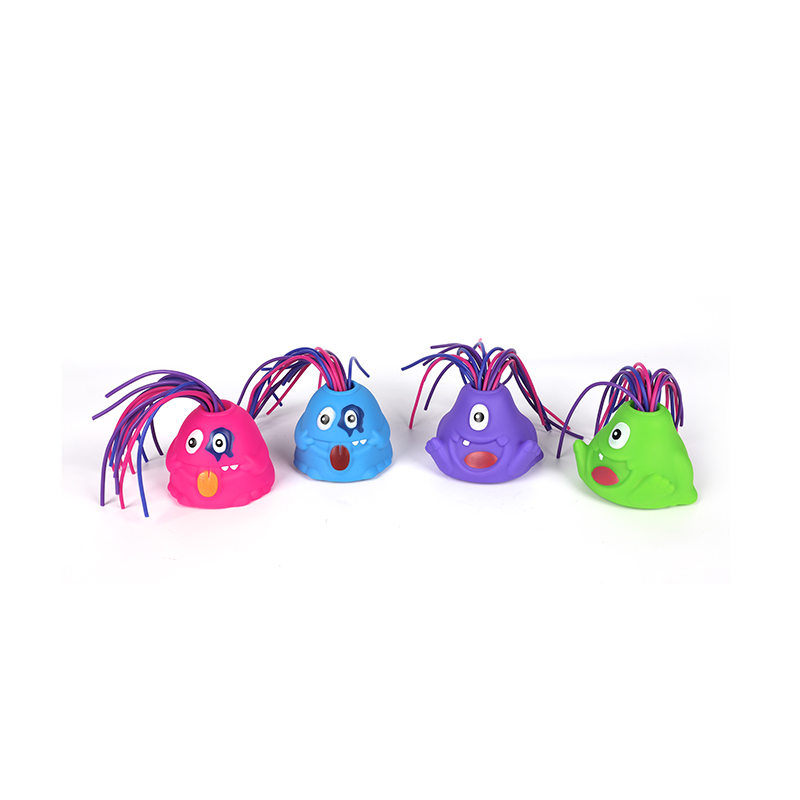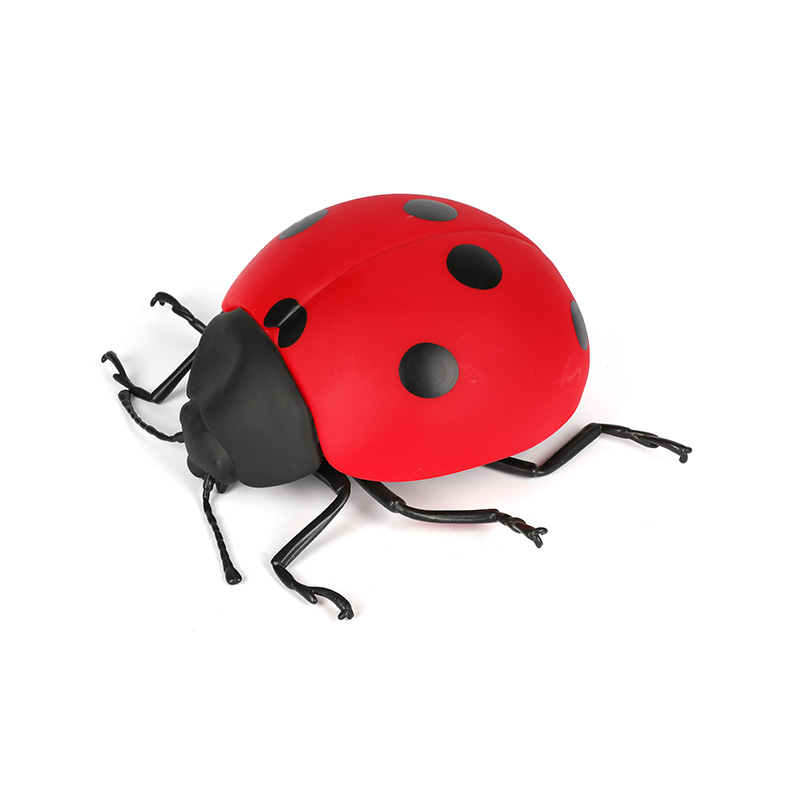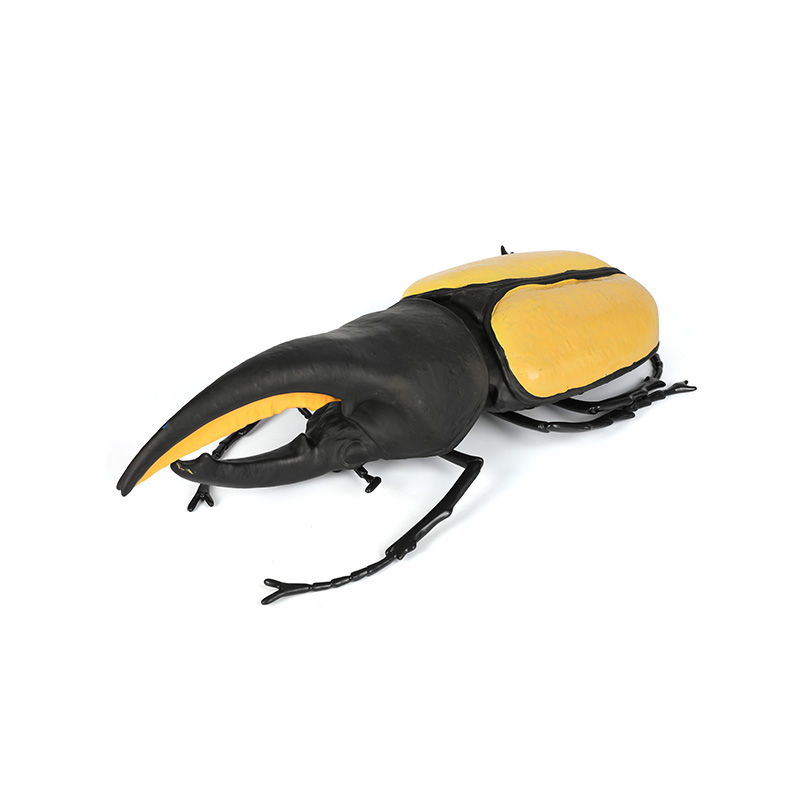- Type:
- Industry News
- Date
- 2025-May-02
The Cultural and Social Impact of Screaming Toys
OEM screaming dog toys Manufacturer
Screaming toys, though often dismissed as simple playthings, have a more profound impact than many might assume. These toys, designed to produce loud, attention-grabbing screams or sounds, have earned a niche in global markets, but their social and cultural significance varies significantly across regions. In this article, we will explore the cultural symbolism of screaming toys, how they are perceived in different societies, and the social debates surrounding their use. We will also examine how parents, educators, and governments respond to these toys, sometimes approving them, while at other times seeking to regulate or ban certain types of screaming toys.
Cultural Significance of Screaming Toys
The cultural meaning of screaming toys often depends on the context in which they are used and the specific traditions of a region. In some cultures, toys that produce loud noises are seen as symbols of joy, celebration, or festivity. For example, certain holiday-related toys, especially those linked to celebrations like Halloween, are intentionally designed to evoke loud and surprising sounds to heighten the festive atmosphere. In these contexts, the high-pitched screams or sounds produced by screaming toys are not meant to be unsettling but are an essential part of the fun.
In other cultures, the use of such toys can have symbolic connections to specific rituals or milestones. For example, in some African and Latin American traditions, noise-making toys are used during parades or public ceremonies to signify the arrival of important figures or the start of a celebration. The loud sounds of screaming toys help to draw attention and signify importance. Here, the screaming toy is not just a source of amusement but a tool for cultural expression.
However, in cultures where noise pollution is a concern or where there are strong expectations of silence and order, screaming toys may be viewed with skepticism or even disdain. In these settings, the symbolic function of the toy is less about festivity and more about disrupting the status quo, which can be considered a challenge to societal norms. It’s interesting to note that the louder the toy screams, the more likely it is to be associated with a playful, rebellious attitude.
In some Asian cultures, particularly in Japan, toys that make noise are often associated with children’s development, specifically those that help enhance auditory senses. Here, the high-pitched sounds of a screaming toy may be viewed not just as entertainment, but as a tool for sensory stimulation and cognitive growth. In contrast, in some European countries, toys with loud noises may be seen as a nuisance in public spaces, and their cultural symbolism could lean more towards mischief rather than growth.
Social Acceptance and Controversy
While some view screaming toys as harmless fun, others see them as problematic. A primary concern raised by parents, educators, and lawmakers is the potential for these toys to disrupt peace and cause distress. Many parents report that they find screaming toys irritating or even frightening, especially when the noise is loud and persistent. This has led to debates about the social acceptability of these toys, especially in communal spaces like parks or schools.
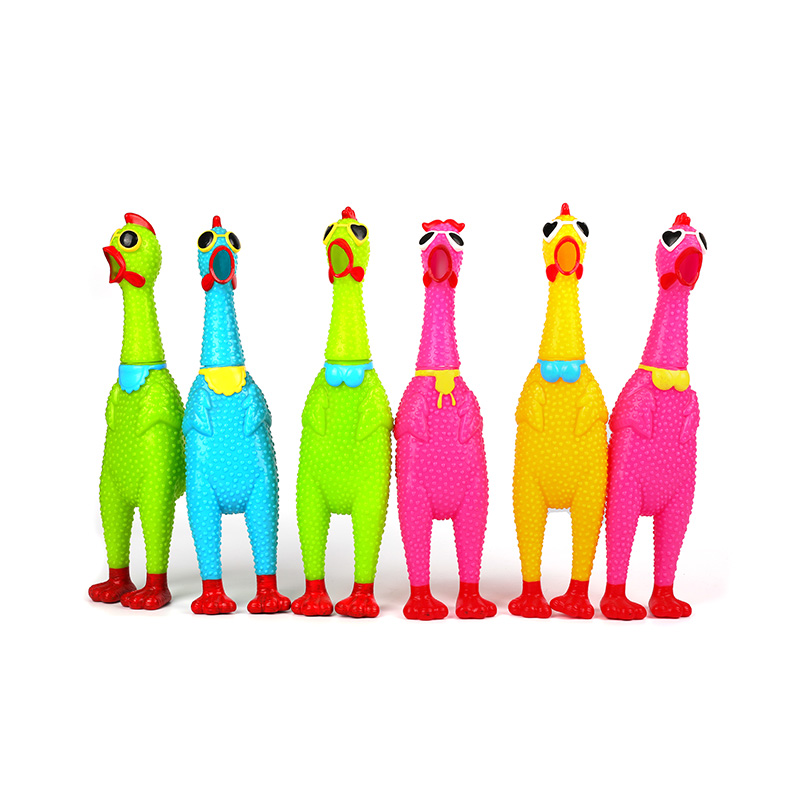
In many Western countries, concerns about noise pollution are at the forefront of the criticism against screaming toys. In densely populated urban areas, loud noises can disturb the peace, leading to complaints from neighbors and even legal restrictions. Some cities have enacted regulations that ban toys that make excessive noise, and while this often refers to toys like sirens, horns, and certain musical instruments, it has also impacted the market for screaming toys. In these environments, parents might be discouraged from buying such toys for fear of incurring fines or drawing negative attention.
On the other hand, in some regions, there is a certain level of acceptance for toys that make noise, provided they are used appropriately. For instance, during festivals or family gatherings, a screaming toy might be seen as an appropriate addition to the celebration. These toys can contribute to the atmosphere, and their loud sounds become part of the communal experience. In these instances, the controversy surrounding screaming toys is largely subdued, and they are seen as an acceptable part of cultural practice.
Nevertheless, the societal debate over screaming toys extends beyond just noise concerns. For instance, educators and child psychologists have raised questions about the impact of these toys on children’s emotional development. Some experts argue that children’s attachment to noisy, attention-grabbing toys could hinder their ability to engage in quieter, more thoughtful play. There is concern that constant exposure to loud, chaotic stimuli might contribute to issues like increased stress levels or difficulty focusing. While some studies suggest that the sound effects of screaming toys could help stimulate children's sensory development, others warn that an over-reliance on such toys could impede the cultivation of patience and quiet contemplation.
The issue of gender roles is also worth considering in this discussion. Many screaming toys are marketed to boys, with loud, aggressive sounds that reflect stereotypical ideas of masculinity. Some critics argue that this contributes to reinforcing gender stereotypes, suggesting that boys should embrace noisy, disruptive behavior. However, others point out that the gendered nature of toy marketing is a broader issue that goes beyond the scope of screaming toys, which should be evaluated on their individual merits.
Global Response: Acceptance and Bans
The regulatory approach to screaming toys varies by country, with some governments taking proactive steps to restrict their availability, while others remain passive or supportive. In the United States, for example, there are no federal laws directly addressing the sale of noisy toys, but some local jurisdictions have introduced ordinances that limit the decibel levels of toys. In European Union countries, similar regulations exist, particularly concerning toys that could potentially harm children’s hearing. The EU has stringent safety standards for toys in general, and noise-producing toys must meet certain criteria before they can be sold in stores.
In some parts of Asia, however, the response is less about regulation and more about the educational potential of these toys. Countries like Japan and South Korea embrace the idea of using loud toys as a way to stimulate children’s senses and engage them in active play. These regions often consider such toys a valuable tool in early childhood development, which might explain why screaming toys continue to be popular in these areas despite the potential for noise-related complaints.
On the other hand, certain countries, particularly in Scandinavia, have taken a more cautious stance. There, the importance of maintaining public order and quiet in shared spaces has led to bans on certain types of noisy toys, particularly those that produce high-pitched screams or alarming sounds. These bans often reflect a broader cultural preference for minimalism and tranquility in public spaces.
The social and cultural significance of screaming toys is multi-faceted. While these toys may seem like mere distractions, they carry a deep cultural meaning depending on where and how they are used. In some cultures, they symbolize joy, festivity, or developmental milestones, while in others, they challenge societal norms or highlight gender roles. The debate over their social acceptance continues, with some parents, educators, and governments pushing back against the loud noise these toys produce, citing concerns over noise pollution and child development. Others see them as valuable tools for entertainment and growth.
The future of screaming toys depends on how societies strike a balance between their cultural importance and their social impact. As debates continue, one thing is clear: screaming toys are not just toys. They are reflections of the values, concerns, and aspirations of the societies that embrace them.


 English
English
 English
English русский
русский Español
Español